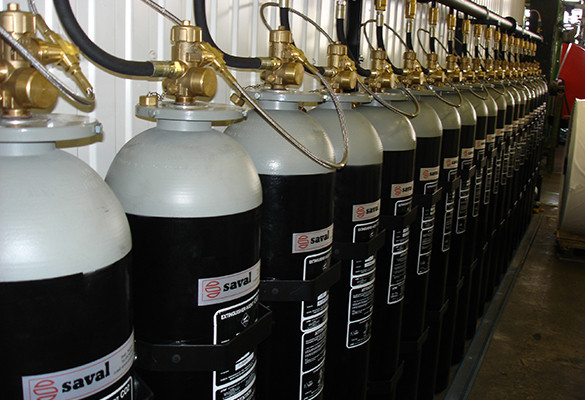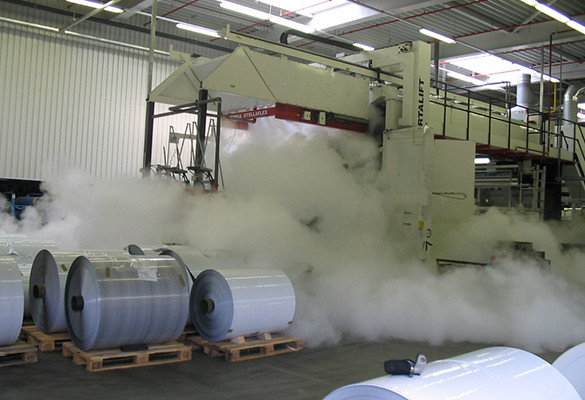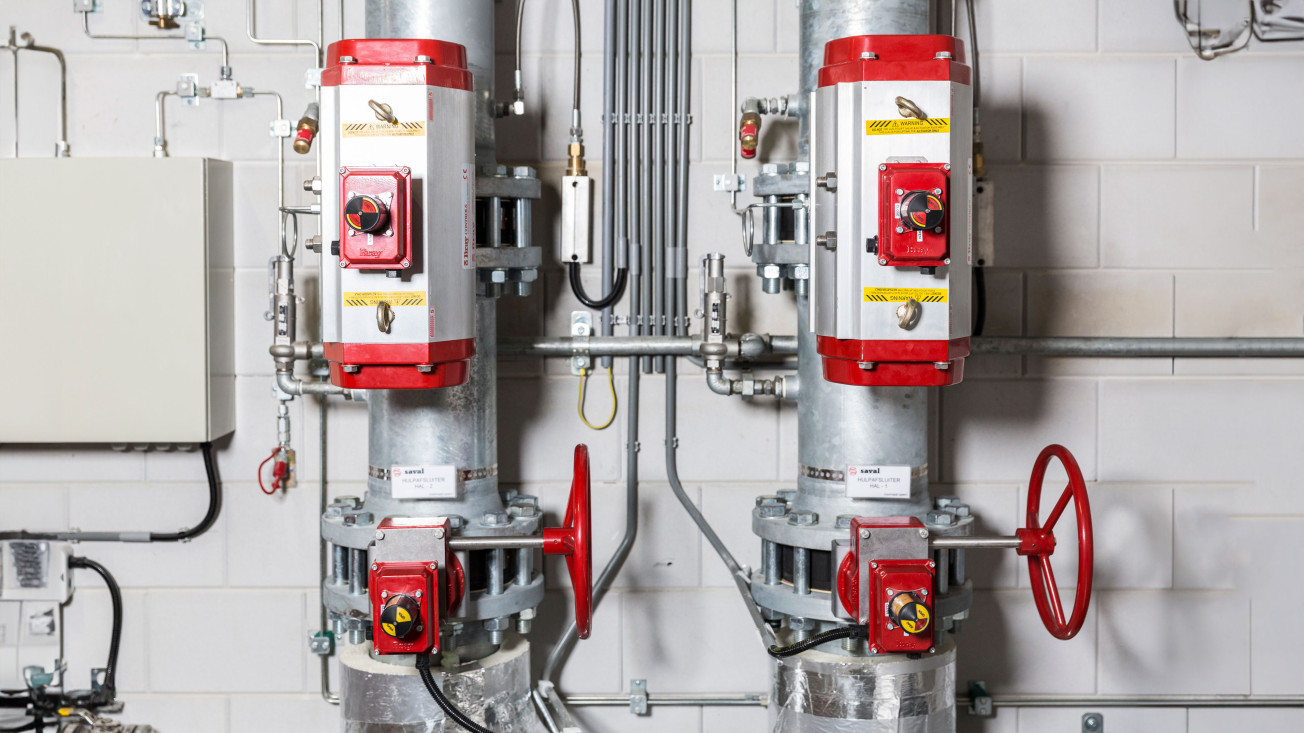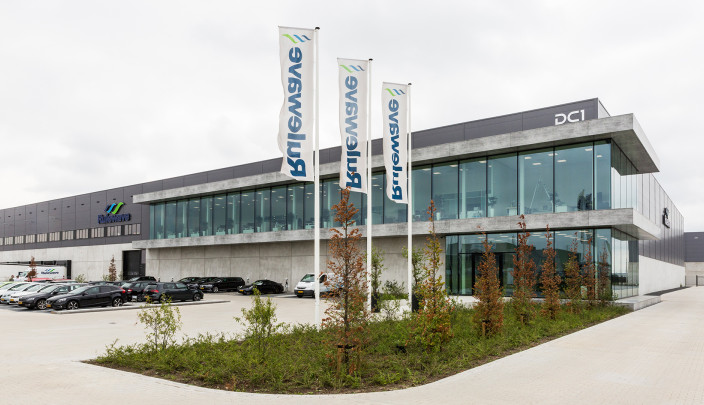Automatic CO₂ extinguishing gas systems suppress oxygen, so that combustion is no longer possible. They can be used for local application, protecting unmanned areas and equipment where minimum collateral damage is acceptable and no alternative systems are suitable.
Where can a CO2 extinguishing gas system be applied?
CO₂ extinguishing gas systems are used in storage areas containing hazardous substances, control rooms, cable ducts, telecommunication rooms, turbine casings, archives and areas containing flammable liquids and greases.

How is the system built?
- Cylinder(s);
- Piping;
- Nozzles;
- Electrical, pneumatic or manual activation;
- Valves;
- Control panel.
The main effect of extinguishing with CO₂ is to suffocate the fire by suppressing oxygen. CO₂ is also one of the few gases that can be used for local application. The cooling effect of carbon dioxide can also contribute to putting out the fire completely. The high storage pressure enables a large distance between the storage cylinders and the protected area, allowing flexibility in the length of piping.

Benefits at a glance
- Effective;
- Non-electrically conductive;
- Clean extinguishing medium, no residue;
- Flexible system design;
- Suitable for local application.
Carbon dioxide is very suitable for use in areas containing electronic equipment; firstly because it is non-electrically conductive and non-corrosive, and secondly because it does not leave behind any particles or other residues that could damage electronic equipment, computers and communication equipment.
Environment and health
CO₂ works by displacing the oxygen in a room. This reduces the oxygen concentration to such an extent that any persons present are at risk. Carbon dioxide has a suffocating effect and is considered a toxic gas.

